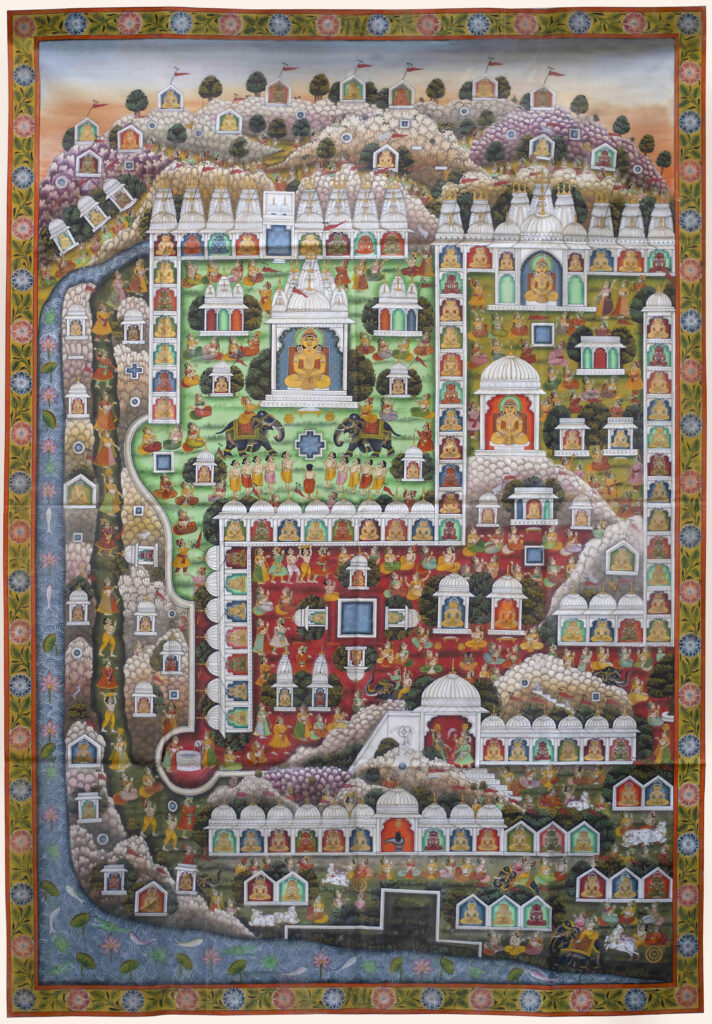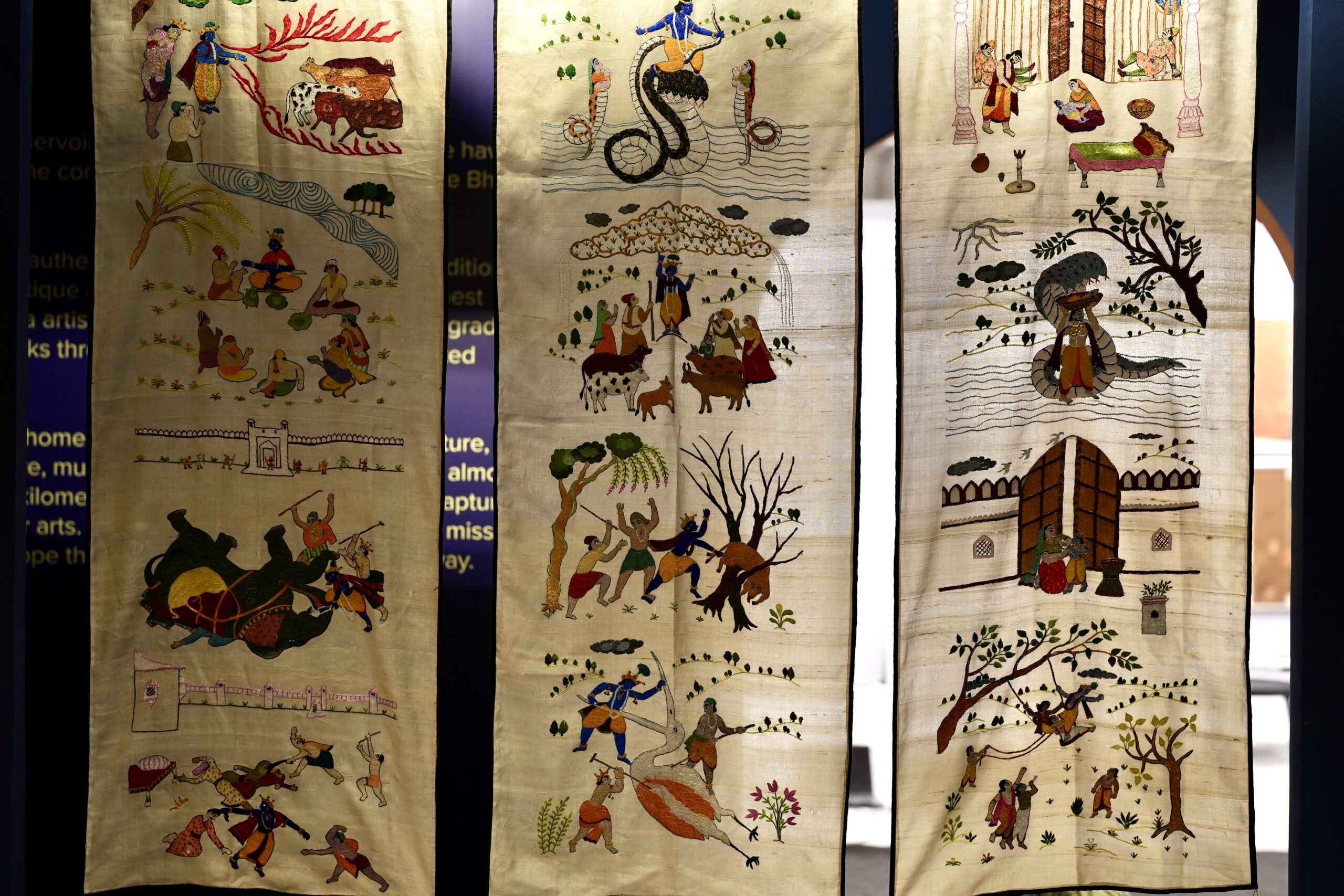
BRIDGE BHARAT proudly presents “Lover’s Divine Unrest” by Dinesh Soni and Lalita Vakil.
- SustainableTrends
- June 5, 2024
- No Comment
BRIDGE BHARAT proudly presents “Lover’s Divine Unrest” by Dinesh Soni and Lalita Vakil. Step into a world where the ethereal and the real converge, where Krishna’s divine love unfolds through the eyes of these master artists.
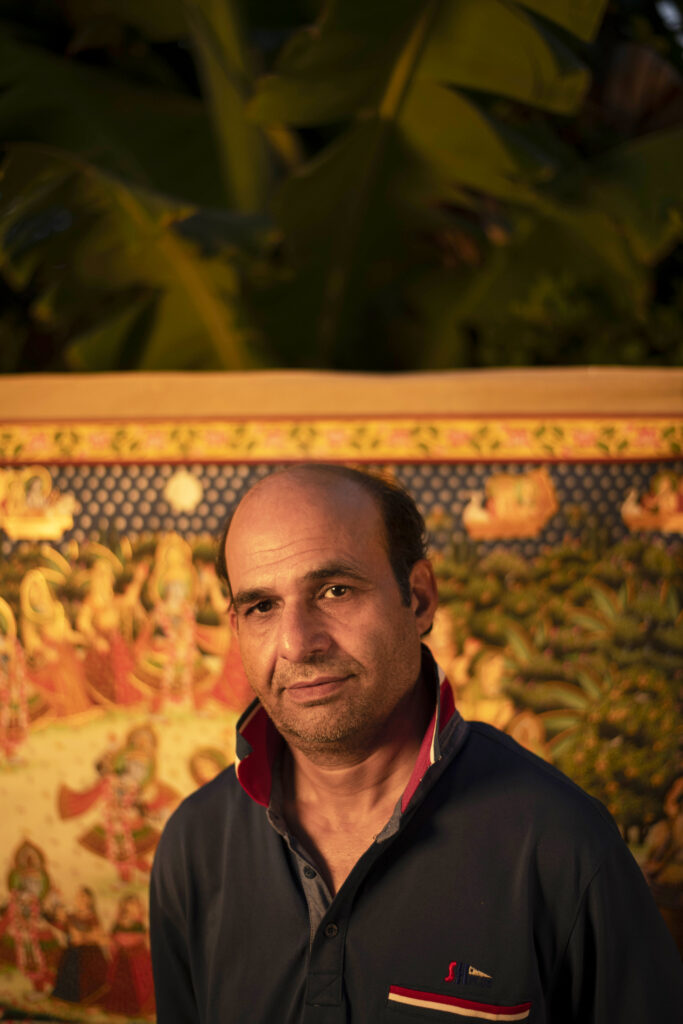
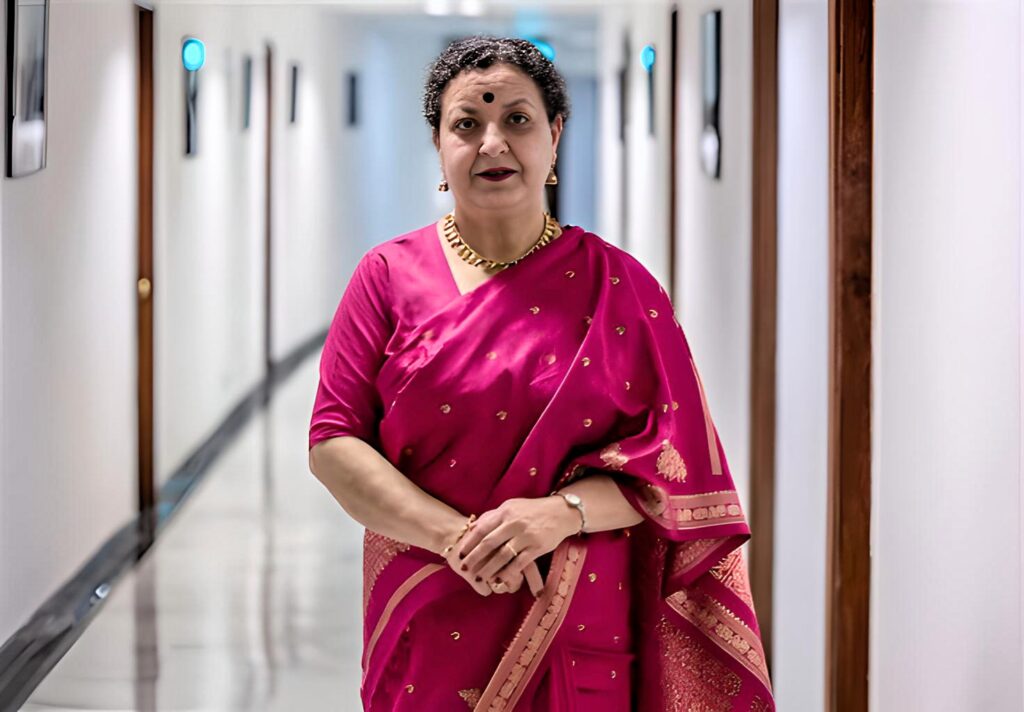
In this timeless drama, we find ourselves immersed in a mesmerizing array of Pichwai, Jain paintings, and Chamba Rumal, where Dinesh Soni and Padma Shri Lalita Vakil, both national award-winning artists, weave a tapestry of devotion around the eternal Shyam. Their creations, a reflection of their dreams and heritage, transport us to a realm where Krishna, the beloved, is both the creator and the creation.
Dinesh Soni’s “Mughda Madhusudhan” paints Krishna in his playful essence, capturing the essence of innocence and devotion. Lalita Vakil’s Chamba Rumal pieces, with their intricate embroidery, offer a feminine perspective on Krishna’s divine play. Together, their works create a visual symphony, inviting viewers to experience the aroma of marigolds and the texture of the exhibited art forms through installations like “From The Artist’s Table.”
This exhibition delves into the various forms of devotion and love for Krishna, embodied by the male and female gaze of Lalita Vakil and Dinesh Soni. Their vintage works, juxtaposed with fresh marigold flowers and sandalwood incense, create an ambiance reminiscent of heavenly realms, where Krishna’s divine unrest unfolds before our eyes.
Explore the early works of Lalita Vakil and Dinesh Soni, two legacy artists who invite you to immerse yourself in the world of Bhakti Rasa.
About the Artists: Dinesh Soni, born in 1972, hails from Bhilwara, Rajasthan, and is a third-generation national award-winning artist specializing in Pichwai and miniature tradition. He has dedicated over three decades to mastering the art form, upholding its authenticity, and imparting his knowledge to the next generation.
Lalita Vakil, born in 1954, is renowned for her contributions to preserving and promoting Chamba Rumal embroidery. She has received numerous accolades, including the Padma Shri in 2022, for her efforts in training over a hundred women in this traditional art form.
About the Artwork:
- Raas Leela: A traditional Pichwai painting capturing Krishna’s dalliance with the Gopis, transporting viewers to the enchanting banks of the Yamuna River.
- Shrinathji Shringar: Dinesh Soni’s playful depiction of the adornment of Shrinathji, incorporating unique purple and orange pigments.
- Krishna Triptych: Lalita Vakil’s exquisite Chamba Rumal embroidery depicting the life of Krishna in Braj, showcasing over a year of dedicated craftsmanship.
These are just a few highlights from the mesmerizing collection presented by Bridge Bharat. Join us as we journey through the divine unrest of love, depicted by two masterful artists, and experience the timeless allure of Krishna’s divine play.
Raas Leela
- Traditional Pichwai, Rajasthan
- Natural Colors and Gold Pigments on Cotton Cloth
- 72 x 48 Inches
- Mid-20th Century
- Unknown Artist
Within the sylvan glades of Braj, resides Krishna as Gokulchandramaji, the Moon of Gokul. The painting presents a bird’s eye perspective of him dallying with his Gopis, on the banks of Yamuna River. This Raas Leela, painted in a traditional Pichwai style, transports the viewers to the sight of the melodious harmony of light green hues juxtaposed alongside the brilliant blue of Krishna.
Shrinathji Shringar
- Traditional Pichwai, Rajasthan
- Natural Colors and Gold Pigments on Cotton Cloth
- 60 x 36 Inches
- Dinesh Soni (National Awardee)
As a third-generation Pichwai artist, Dinesh Soni has built on a unique artistic language that incorporates ingenuity with the sacred, often reimagining the traditional imageries. Dinesh Soni playfully depicts the Shringar of Shrinathji, a youthful manifestation of Krishna. In his masterful depiction of the sanctum and adornment of the Lord, he uses the rarely used purple and orange pigment in this Pichwai which gives a unique depth to the larger-than-life vision of Shrinath.
Shatrunjaya Tirth
- Traditional Jain Painting, Rajasthan
- Natural Colors and Gold Pigments on Cotton Cloth
- 36 x 60 Inches
- 1994
- Dinesh Soni
Dinesh Soni paints a Shatrunjaya patas (cloth painting) as an intricate, large-scale rendition of the Jain pilgrimage that devotees took to a hill in Palitana, Gujarat. Keeping with the tradition of the 18th and 19th centuries he paints this particular patas which functions as a map, and shrine all rolled into one. It is painted to evoke the feeling of Tirth bhava for those who cannot make it to the pilgrimage themselves.
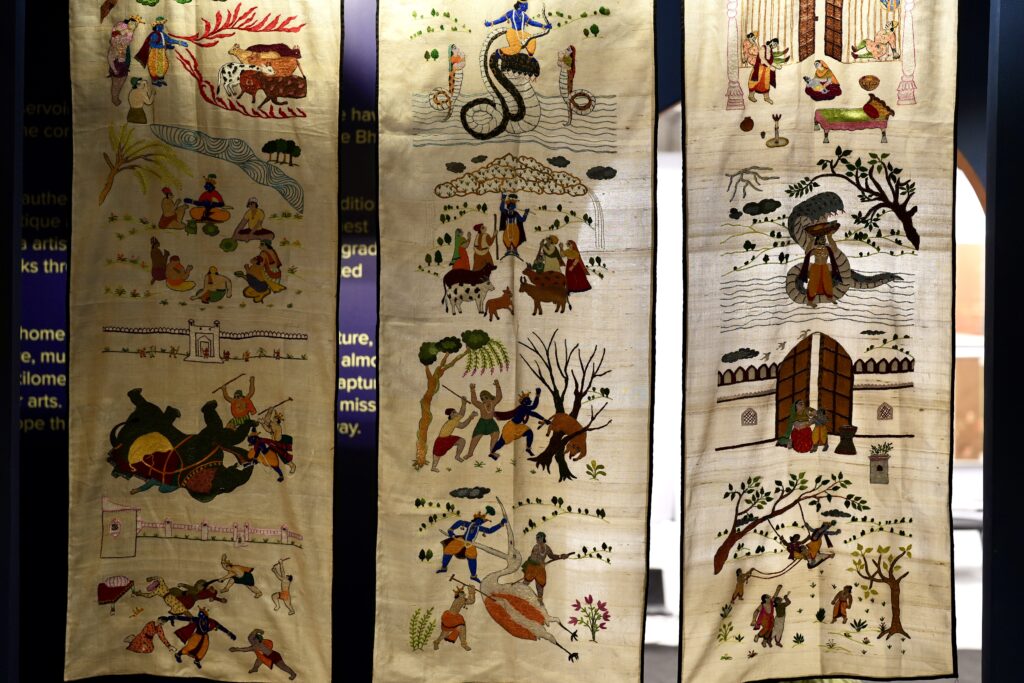
Krishna Triptych
- Chamba Rumal, Himachal Pradesh
- Embroidery on Silk
- 54 x 21 Inches Each
- Mid-20th Century
- Padma Shri Lalita Vakil
The exquisite Chamba Rumal triptych, embroidered on silk by the renowned Padma Shri Lalita Vakil, depicts the life of Krishna in Braj. The panels with their detailed one-of-a-kind designs, highlight its over a year of dedicated textile embroidery. She has used a traditional technique called do-rukha which is done by a double satin stitch carried forward and backward alternately, and simultaneously on both sides of the rumal thus giving it an equal appearance from either side.
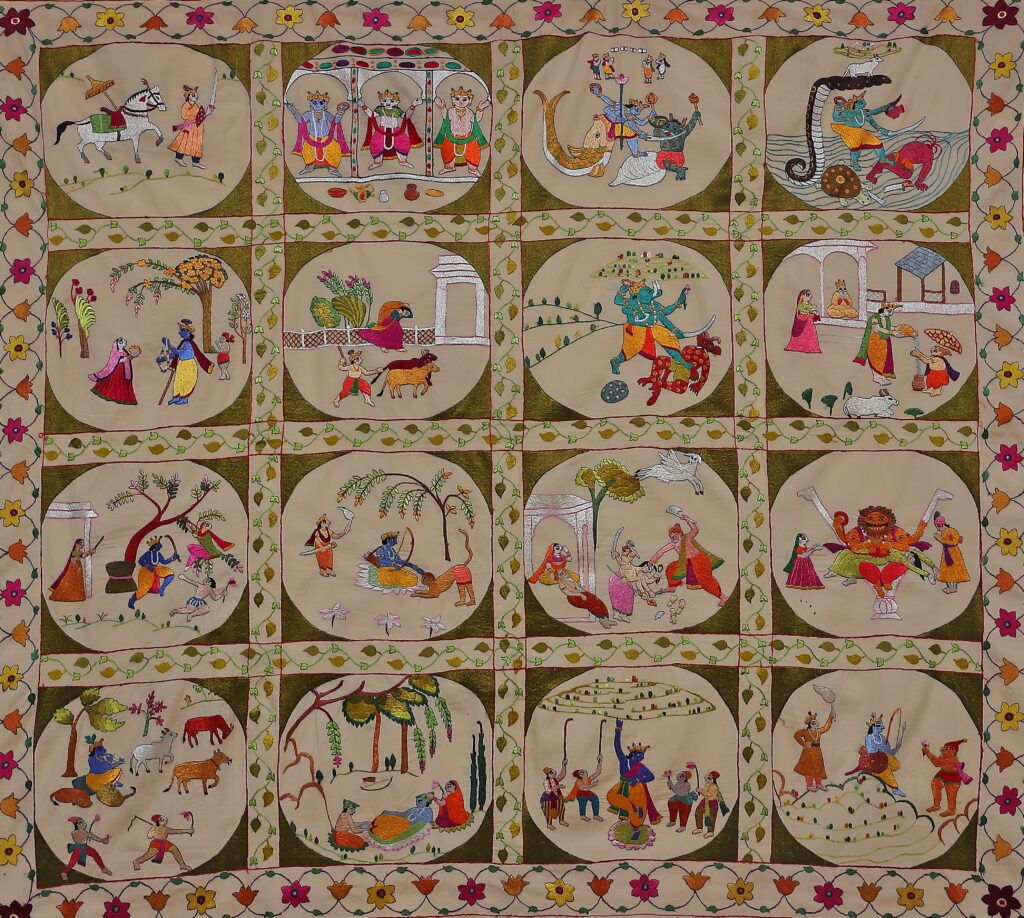
Das Avtar
- Chamba Rumal, Himachal Pradesh
- Embroidery on Cotton Cloth
- 50 x 50 Inches
- Late 20th Century
- Padma Shri Lalita Vakil
Chamba Rumal is a painting translated into embroidery. This 10th-century art form which from a utilitarian purpose became primarily in the 21st century an artistic offering in the hands of Padma Shri Lalita Vakil who in this exquisite rumal creates an elaborate depiction of Das Avtar of Vishnu. The coverlet with its detailed one-of-a-kind designs, highlights its over two years of dedicated textile embroidery. Unlike other works, she provides a distinctive feminine gaze toward Vishnu and most importantly towards Shyam Leela.
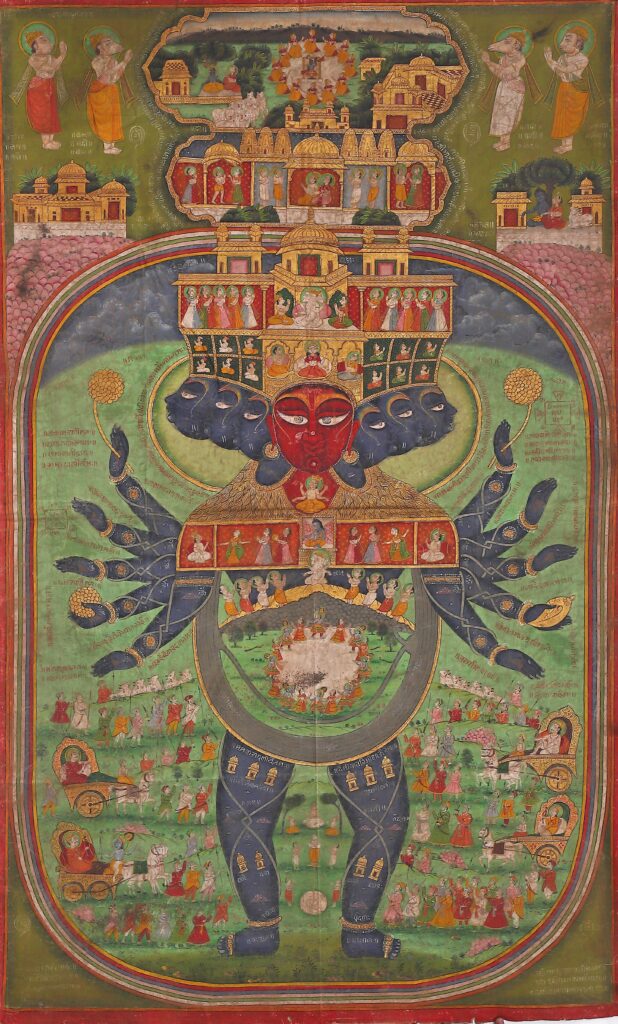
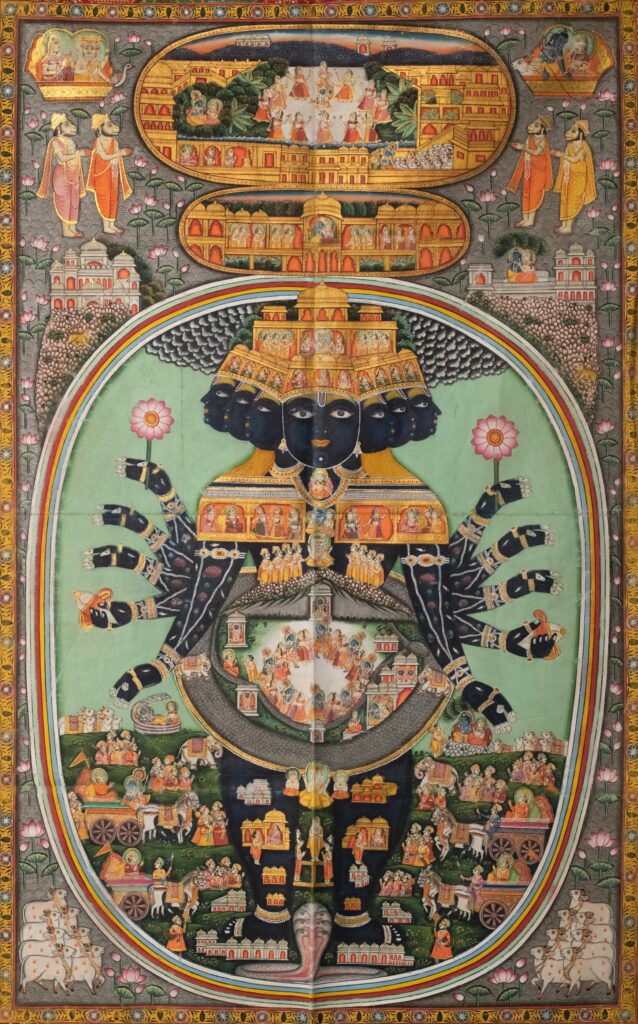
Vishnu Vishvaswaroop
- Traditional Jain Painting, Rajasthan
- Natural Colors and Gold Pigments on Cotton Cloth
- 60 x 48 Inches
- Dinesh Soni (National Awardee)
Vishnu Vishvaswaroop
- Traditional Jain Painting, Rajasthan
- Natural Colors and Gold Pigments on Cotton Cloth
- 60 x 36 Inches
- 1994
- Dinesh Soni (National Awardee)
“Now, behold, in this My body, the entire universe centered in one, including the moving and the unmoving, and whatever else you desire to see.”
National award-winning Dinesh Soni, forges Vishnu Vishwaroop centering the multiple levels of the Universe – the celestial abode of the Gods at his head, the material world of humans in his middle, and the netherworld at his feet – with his serpent Sheshanaga beneath.
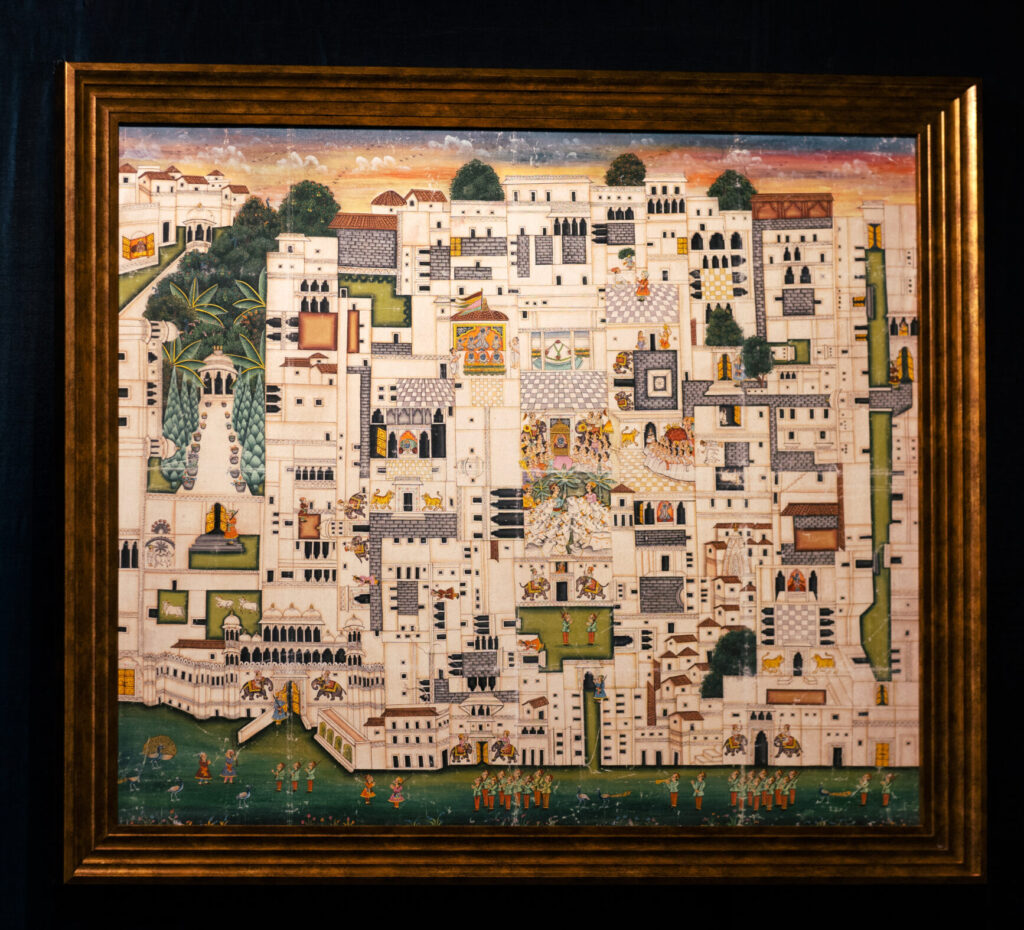
Nathdwara Haveli
- Traditional Pichwai, Rajasthan
- Natural Pigment Colors on Cotton Cloth
- 46 x 36 Inches
- 2003
- Dinesh Soni (National Awardee)
There are no temples in the Pushtimarg- to devotees, Shrinathji is not a mere image but a living deity, and the place where he resides must therefore be a mansion, or a haveli, inspired by Krishna’s childhood home in Vraj and closely modeled on the traditional homes of the merchant princes of Rajasthan. Dinesh Soni imagines the topography of the Haveli as a labyrinth within which unwary visitors can easily lose themselves; uniquely capturing the company period of Nathdwara.
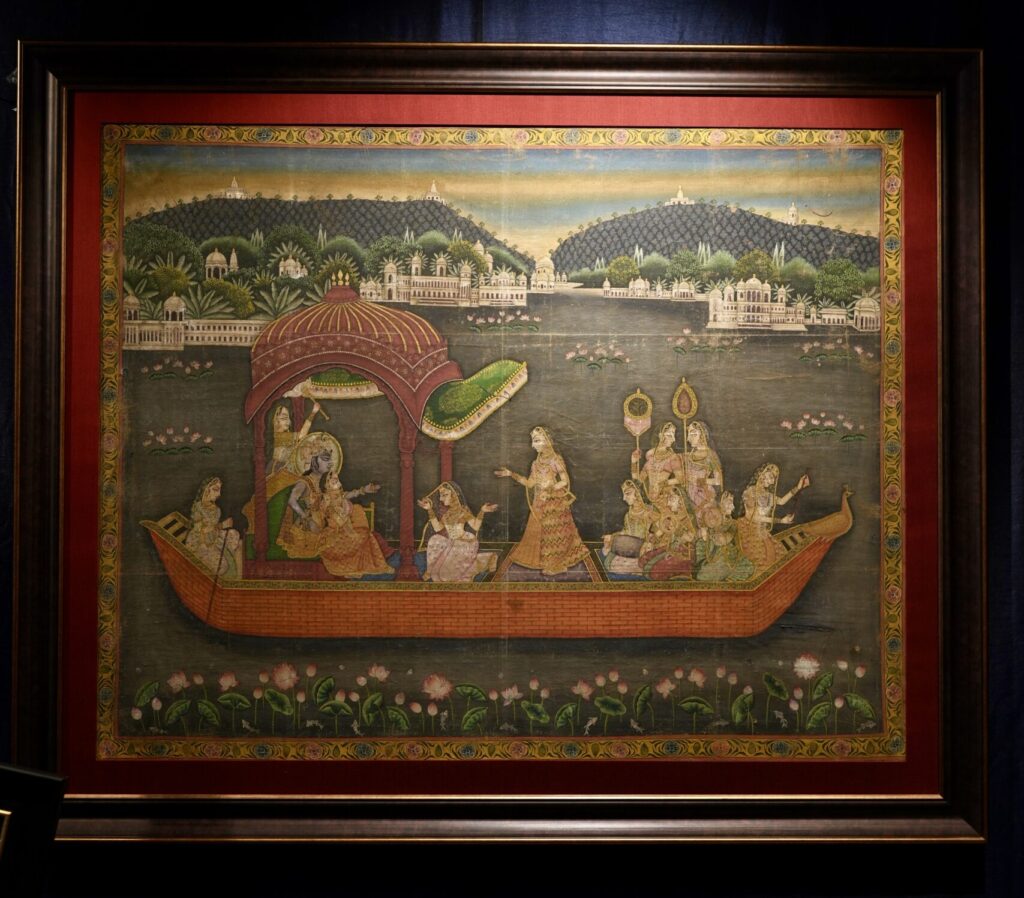
Nauka Vihar
- Contemporary Nathdwara Painting, Rajasthan
- Natural Colors and Gold Pigments on Cotton Cloth
- 43 x 38.5 Inches
- 1995
- Dinesh Soni (National Awardee)
Dinesh Soni, trained by his grandfather, the national award-winning miniaturist, Badrilal Chitrakar, depicts the splendor of Braj and the Yamuna River in his Nauka Vihar by juxtaposing the facade of Udaipur in the background. Unlike other Pichwai and miniature paintings, where the landscape remains strictly of one kind, Dinesh Soni unfolds a utopic dreamscape of Braj which unites itself to the Mewari topography where Rajputana architecture meets the leaping fishes and blooming lotuses of the Yamuna River.



